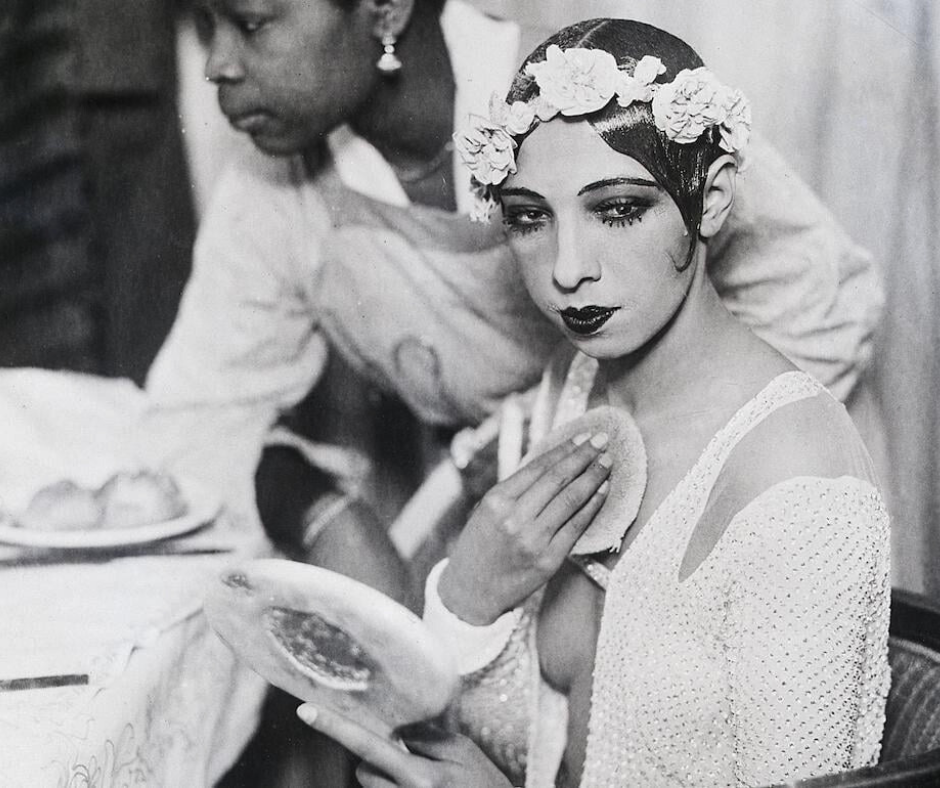

Famous Expatriate Americans Who Moved to Paris
Summary
Reflection Questions
Journal Prompt
As Americans, we often have dreamy and romantic ideas of Paris (even if we cannot speak French). We see very few other countries around the globe through such darkly tinted rose colored glasses. Paris has attracted American artists and intellectuals for generations, offering a unique blend of cultural richness, creative freedom, and reprieve from oppressive standards of the time. In this article, we examine the reasons why so many Americans have moved to Paris over the last hundred years. These expatriate Americans, ranging from the Lost Generation writers to contemporary creatives, sought in Paris what they couldn’t find at home: a space for artistic exploration and personal growth. We’ll explore how this city, with its intriguing history and vibrant cultural scene, profoundly influenced their lives and work. In doing so, we hope to provide a nuanced understanding of the Paris-American connection, shedding light on why Paris continues to be a magnet for American talent and spirit.
The Allure of Paris for Americans


Paris, with its enchanting streets, artistic richness, and cultural depth, has always been a beacon for Americans seeking something beyond the familiar. This fascination isn’t just about the city’s aesthetic charm or its famed culinary delights; it’s rooted in a deeper sense of freedom and artistic liberation that Paris seems to offer.
For American artists and writers, especially during the 20th century, Paris was a place where they could explore and express themselves in ways that were often restricted in the more conservative societal norms of the United States. The city’s historical association with groundbreaking art movements, its intellectual salons, and a certain joie de vivre provided an irresistible allure, making it a coveted destination for those yearning for a different kind of life experience.
Historical Context of American Expatriates in Paris
The story of American expatriates in Paris is as old as the United States itself, but it gained significant momentum in the 20th century. Post World War I, the city became a hub for the “Lost Generation” — a term coined by Gertrude Stein to describe the disillusioned American writers living abroad. Artists like Ernest Hemingway, F. Scott Fitzgerald, and Ezra Pound found in Paris a refuge from the disillusionment of war and a society they often found stifling.
Later, during the years of the Harlem Renaissance, some African Americans moved to France. Artists and intellectuals like Josephine Baker and James Baldwin sought in Paris an escape from the racial prejudices of America. As African Americans in Paris, they received a level of acceptance and recognition that was, at the time, almost impossible to find in their home country.
The Jazz Age and the Lost Generation
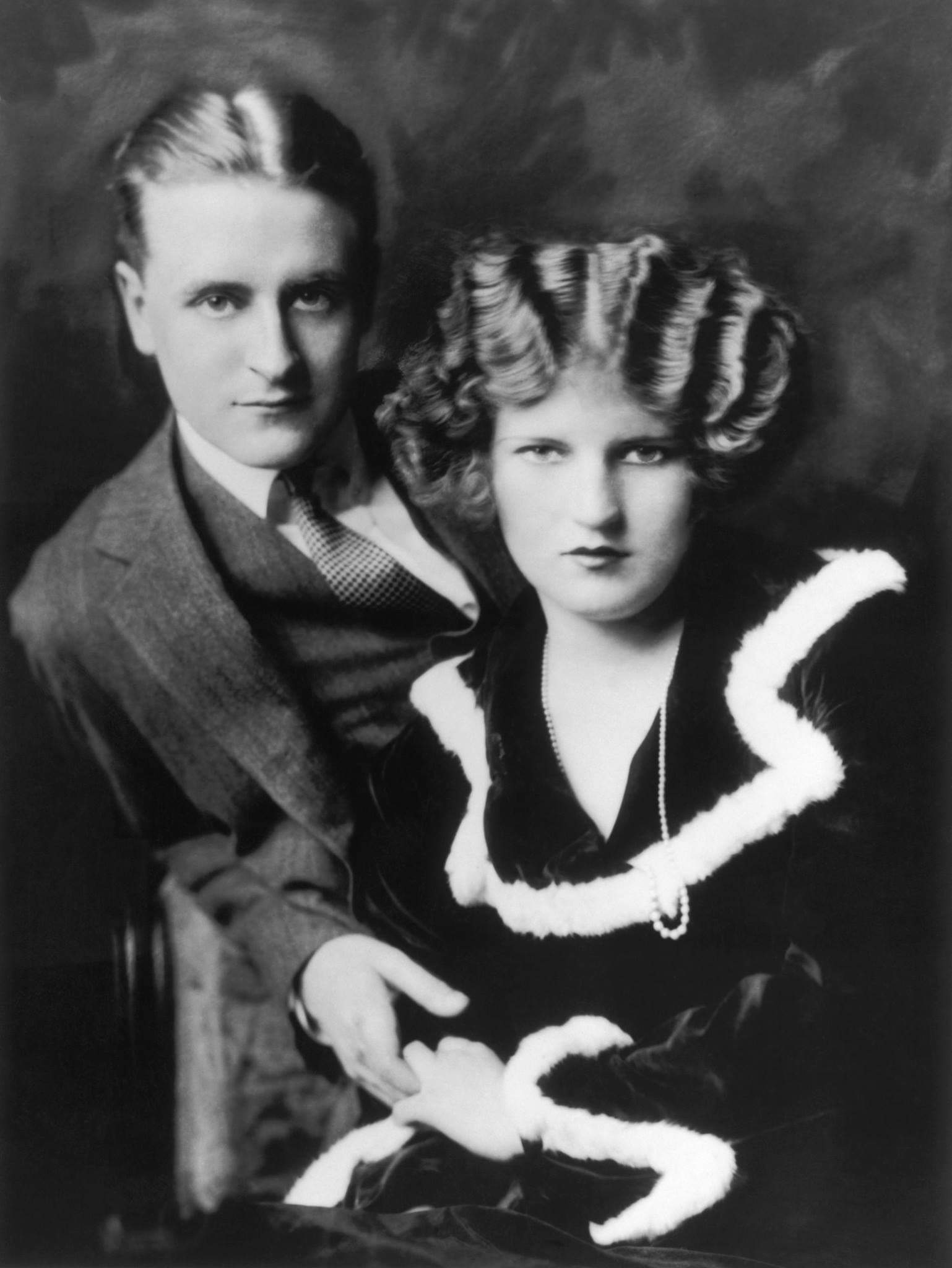

The Jazz Age, a term popularized by F. Scott Fitzgerald, defines the era of the 1920s, characterized by a post-war cultural revolution embracing modernity, jazz music, and a break from traditional norms. In this era, Paris became a haven for the “Lost Generation,” a phrase coined by Gertrude Stein, which referred to American writers disillusioned by the devastation of World War I.
They flocked to Paris, drawn by its liberal atmosphere, artistic freedom, and a sense of camaraderie among fellow expatriates. This period was marked by prolific literary output and an embrace of new, sometimes radical, forms of expression. More than one artist or writer described their time in Paris as a high point of their creative career. Let’s take a closer look at how the experiences of artists and writers during the Jazz Age differed between France and the United States.
The Jazz Age in America
The Jazz Age in America was synonymous with the rise of jazz music, which became a symbol of the new cultural identity. African American musicians like Louis Armstrong and Duke Ellington were central figures in this musical revolution. This period was also marked by Prohibition, which, ironically, led to an increase in underground speakeasies where jazz thrived.
The 1920s in America were a time of economic boom. The widespread availability of credit and new products like automobiles and radios led to a consumer culture. This era saw a rise in wealth and a focus on material pleasure. The Jazz Age was also a time of significant social change in America. Women gained the right to vote in 1920, leading to the emergence of the ‘flapper’ culture, where women embraced new freedoms in fashion, behavior, and lifestyle. However, women in creative fields struggled for recognition and were often overshadowed by their male counterparts. This was evident in literature, where female writers like Edna St. Vincent Millay and Dorothy Parker achieved success but didn’t receive the same acclaim as male writers of the era.
American literature and art reflected the tensions and contradictions of the era. Writers like F. Scott Fitzgerald and Ernest Hemingway wrote about the disillusionment of the post-war generation, while the Harlem Renaissance in New York brought African American culture and perspectives to the forefront. Figures like Langston Hughes, Zora Neale Hurston, and Duke Ellington emerged during this time. However, the period was also marked by racial violence, including race riots and the resurgence of the Ku Klux Klan. The Tulsa Race Massacre of 1921, one of the worst incidents of racial violence in American history, occurred during this era.
The Jazz Age in Paris
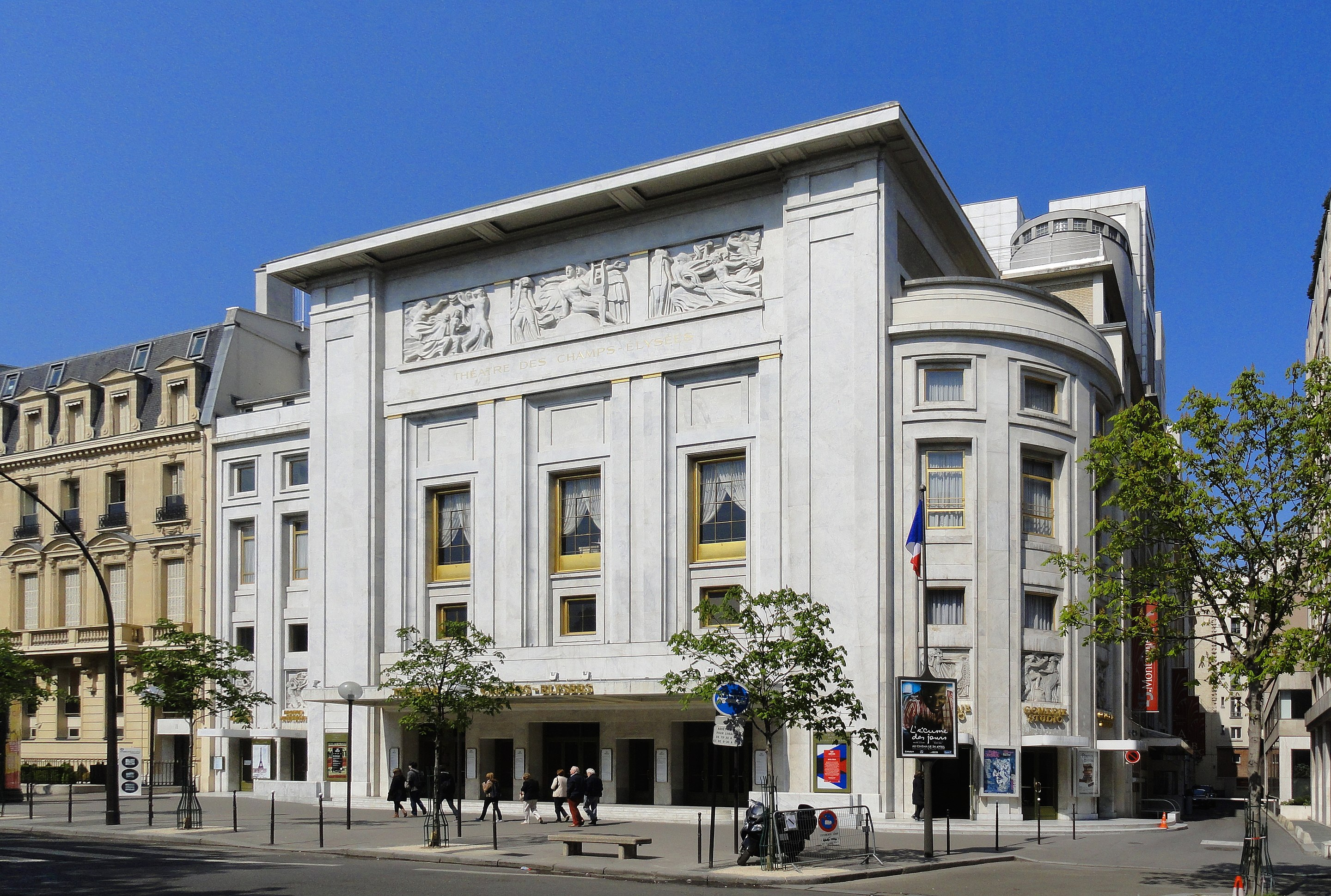

Paris during the Jazz Age was a hub for American expatriates and artists. Disillusioned by the conservatism and materialism of American society, many American writers and artists found refuge in Paris. The city’s more liberal atmosphere allowed for greater artistic expression and experimentation.
Paris in the 1920s was a melting pot of cultures, with influences from its colonial empire and a significant influx of American jazz musicians and artists. This cultural diversity fueled creativity and innovation in art, literature, and music. Paris was at the forefront of avant-garde art and literary movements. It was a period of significant experimentation in art forms, with movements like Cubism, Surrealism, and Dadaism challenging traditional aesthetic norms.
The café culture of Paris provided a space for intellectual exchange and camaraderie among artists and writers. Famous cafés like Les Deux Magots and Café de Flore were frequented by figures like Hemingway, Fitzgerald, and Gertrude Stein.
The Appeal of Paris to African American Artists During the Harlem Renaissance
During the Harlem Renaissance, a period of vibrant African American cultural and artistic expression in the 1920s and 1930s, many Black artists found Paris to be a sanctuary of acceptance and artistic freedom. Unlike the United States, where racial segregation and discrimination were rampant, Paris offered a more open and less racially prejudiced society. This openness allowed African American artists to explore their talents without the constraints of Jim Crow laws.
The French were fascinated by the jazz and culture brought by these artists, and in turn, African American creatives were embraced and celebrated in ways they rarely experienced back home. This cultural exchange enriched both American and French artistic landscapes, fostering a unique bond between the Harlem Renaissance and Paris.
Americans in Paris During the Jazz Age
Langston Hughes: Exploring His Time in Paris and Its Influence on His Writing
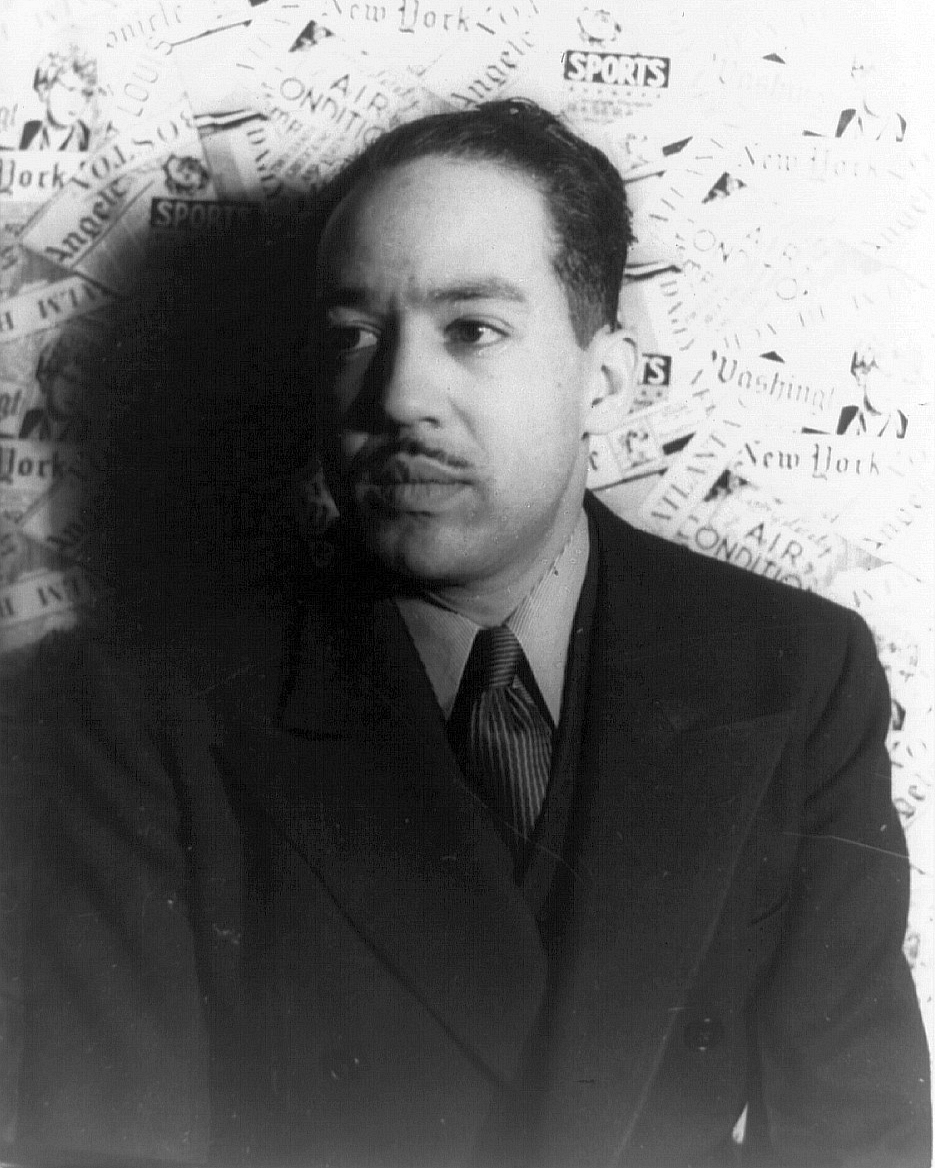

Langston Hughes, a leading figure of the Harlem Renaissance, spent a brief but impactful period in Paris in the early 1920s. During his time there, Hughes worked various jobs, including a stint as a cook and a dishwasher. However, it was the exposure to the vibrant cultural life of Paris, particularly its jazz clubs and artistic community, that left a lasting impression on him.
Hughes’ experiences in Paris broadened his perspective on race and culture, themes that would deeply permeate his later work. The city’s atmosphere of artistic freedom and racial tolerance provided Hughes with a broader canvas for his writing, which reflected the complexities of Black life both in America and abroad.
Ernest Hemingway: His Life in Paris and Literary Contributions
Ernest Hemingway’s Paris years were pivotal to his development as a writer. Arriving in the early 1920s, Hemingway found himself amidst influential literary circles, frequenting cafes and salons that were the heartbeat of expatriate intellectual life.
His experiences in Paris, notably his interactions with other members of the Lost Generation, deeply influenced his writing style — terse, straightforward, yet profoundly evocative. This period saw the creation of some of his most celebrated works, such as “The Sun Also Rises,” which not only defined his career but also became emblematic of the disillusionment of his generation.
Gertrude Stein: Her Role in the Parisian Art Scene and Mentoring Young Writers
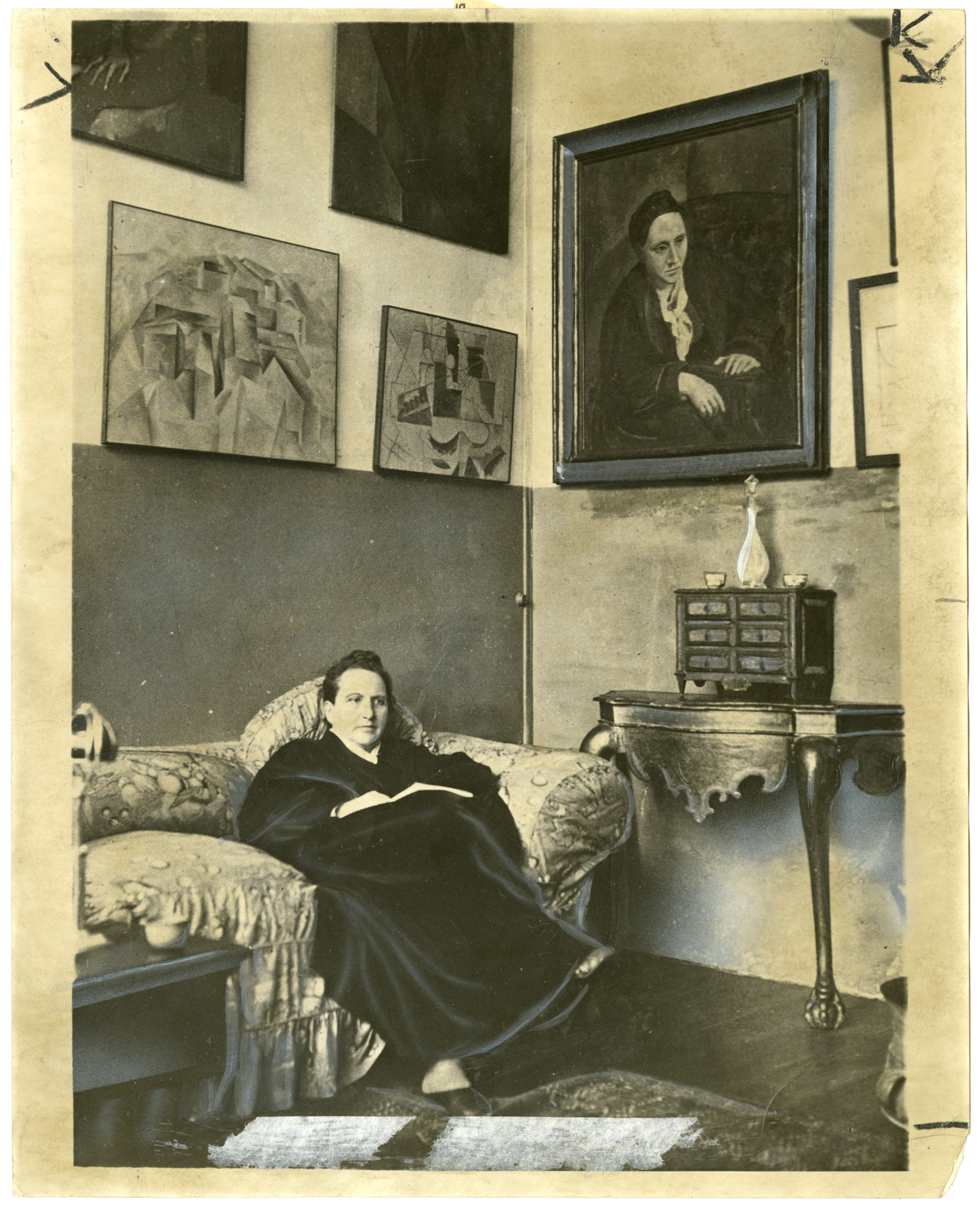

Gertrude Stein was more than just a writer; she was a central figure in the Parisian art scene and a mentor to many in the Lost Generation. Living in Paris from the early 1900s, Stein’s salon became a gathering place for writers and artists, including Hemingway, Fitzgerald, and Picasso.
Her influence extended beyond her own experimental writing; she provided critical support and guidance to emerging writers, helping to shape the direction of modern literature. Stein’s role in fostering a collaborative and innovative environment cannot be overstated; she was instrumental in creating a community where creativity could flourish.
F. Scott Fitzgerald: Influence of Paris on His Work and Lifestyle
F. Scott Fitzgerald’s sojourn in Paris was as much about personal exploration as it was about literary achievement. The city’s vibrant cultural scene provided him with a rich tapestry of experiences and inspirations, profoundly influencing his work.
Fitzgerald’s most famous novel, “The Great Gatsby,” was completed during his time in France and reflects the opulence and the underlying disillusionment of the era. Paris for Fitzgerald was a double-edged sword; while it offered a space for creative expansion, it also exposed him to a lifestyle of excess, which both fueled his writing and contributed to his personal struggles.
Richard Wright: His Paris Years and Contributions to Literature and Social Thought
Richard Wright, another prominent African American writer, moved to Paris in 1946 and spent the rest of his life in France. Paris for Wright represented an escape from the racial oppression he experienced in America. In Paris, Wright found a community of expatriate writers and intellectuals and a society that was more accepting of his race and work.
His time in Paris was prolific; he wrote several works, including “The Outsider” and “White Man, Listen!” Wright’s Paris years were not just a time of personal liberation but also a period of deep reflection on race, colonialism, and the human condition. His works from this period offer a critical perspective on race relations, informed by his unique position as an African American living in Europe.
Josephine Baker: Her Groundbreaking Career in Paris and Cultural Impact
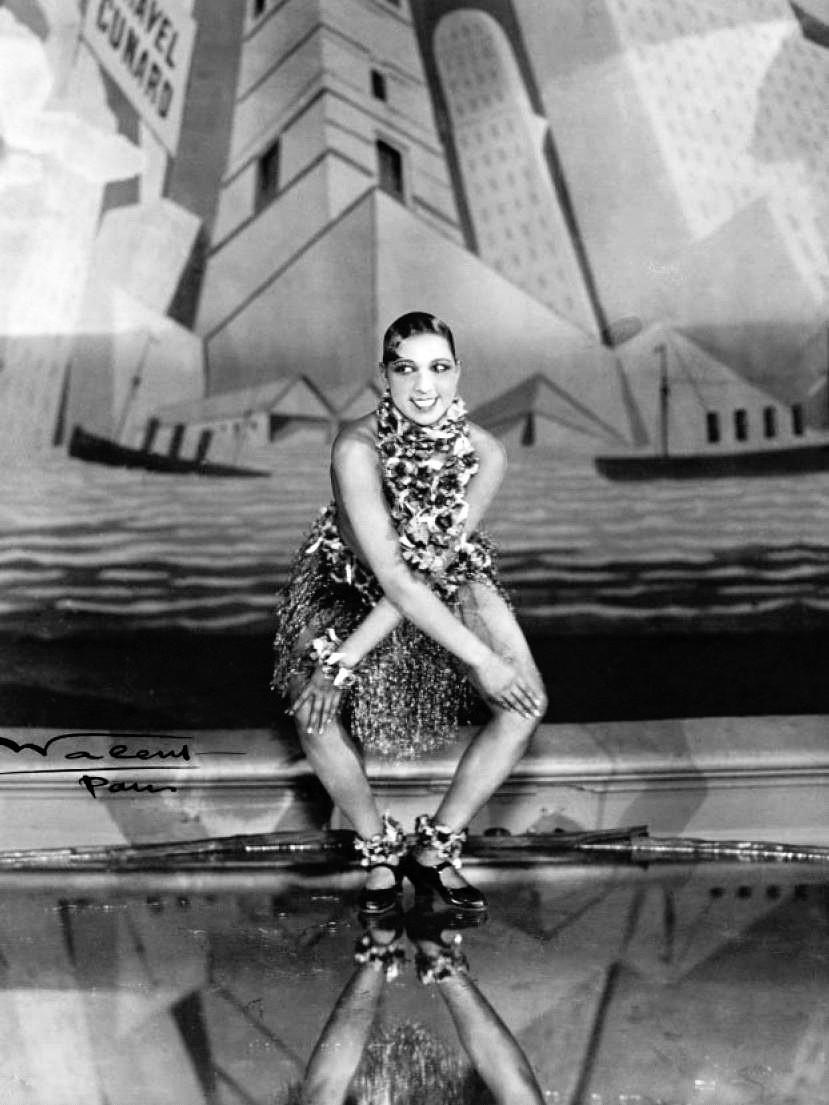

Josephine Baker’s move to Paris in the 1920s marked the beginning of an extraordinary career that broke racial and cultural barriers. In Paris, Baker, an African American dancer and singer, found the fame and acceptance that eluded her in the United States. She became a sensation for her performances at the Théâtre des Champs-Élysées and later at the Folies Bergère, especially her iconic “banana skirt” dance.
Baker’s impact went beyond entertainment; she became a symbol of the Jazz Age and the Roaring Twenties in Paris. Her success challenged racial stereotypes and opened doors for other Black performers. Moreover, Baker used her fame to support the French Resistance during World War II and later in the fight against racism, making her an influential figure in both cultural and social spheres.
Djuna Barnes: Her Time in Paris and Literary Impact
Djuna Barnes, an American writer and artist, emerged as a prominent figure during her time in Paris in the 1920s and 1930s. Her move to Paris placed her at the heart of the city’s thriving artistic and literary scene, where she mingled with the likes of James Joyce, Gertrude Stein, and Ernest Hemingway. Barnes’ Paris years were marked by her exploration of modernist writing, and she became known for her distinctive style that blended lyrical prose with avant-garde techniques.
Her most famous work, “Nightwood,” written in Paris and published in 1936, is a testament to this period of creative flowering. “Nightwood,” a novel known for its complexity, poetic intensity, and exploration of sexuality and gender, is considered a landmark of modernist literature. In Paris, Barnes was able to delve into themes considered taboo in America at the time, particularly those surrounding female sexuality and lesbian relationships. Her contributions during this era not only reflect her personal artistic evolution but also signify the broader shifts in literary expression during the interwar years in Paris.
Fuel your creative fire & be a part of a supportive community that values how you love to live.
subscribe to our newsletter
*please check your Spam folder for the latest DesignDash Magazine issue immediately after subscription


Post World War II and the Beat Generation
After World War II, the character of the American expatriate community in Paris underwent a significant transformation. The city, rebuilding from the war’s devastation, continued to attract American writers and artists, but with a different vibe than the Jazz Age.
The Beat Generation, a group of American writers and artists in the 1950s and 1960s, became the new face of this community. Known for their rejection of conventional values, their exploration of Eastern religions, and their embrace of spontaneous creativity, the Beats found in post-war Paris a space that nurtured their countercultural ethos. The city’s intellectual environment, its historical bohemian lifestyle, and the existentialist movement that was gaining momentum there, resonated with the Beats’ quest for personal and artistic freedom.
James Baldwin: His Life in Paris and Exploration of Race and Sexuality in His Work
James Baldwin, an African American writer, moved to Paris in 1948, seeking refuge from the racial prejudice and sexual repression he experienced in the United States. In Paris, Baldwin found the freedom to write and live openly as a gay man. His time in Paris was marked by introspection and productivity, leading to some of his most significant works, including “Giovanni’s Room” and “Another Country.” Baldwin wrote much of his work “Go Tell It On the Mountain” at Café de Flore on Boulevard Saint-Germain in Paris.
These works explored complex themes of race, sexuality, and identity, often drawing on his experiences as an African American in a predominantly white society and as a gay man in a period of widespread homophobia. Baldwin’s Paris years profoundly shaped his perspective and writing style, making him one of the leading voices in discussing race and sexuality.
Jack Kerouac: Influence of Paris on His Beat Generation Writings
Jack Kerouac, a central figure of the Beat Generation, was influenced by the bohemian and artistic atmosphere he encountered during his visits to Paris. While Kerouac is more often associated with the American road than with Parisian streets, the city’s free-spirited and non-conformist culture left a mark on his writing.
The existentialist philosophy flourishing in post-war Paris, with its emphasis on individual experience and personal authenticity, resonated with Kerouac’s own ideas. This is evident in his seminal work, “On the Road,” which reflects a yearning for freedom and a rejection of traditional societal norms, themes that were also central to the Parisian intellectual climate of the time.
American Women Creatives in Paris Post-WWII
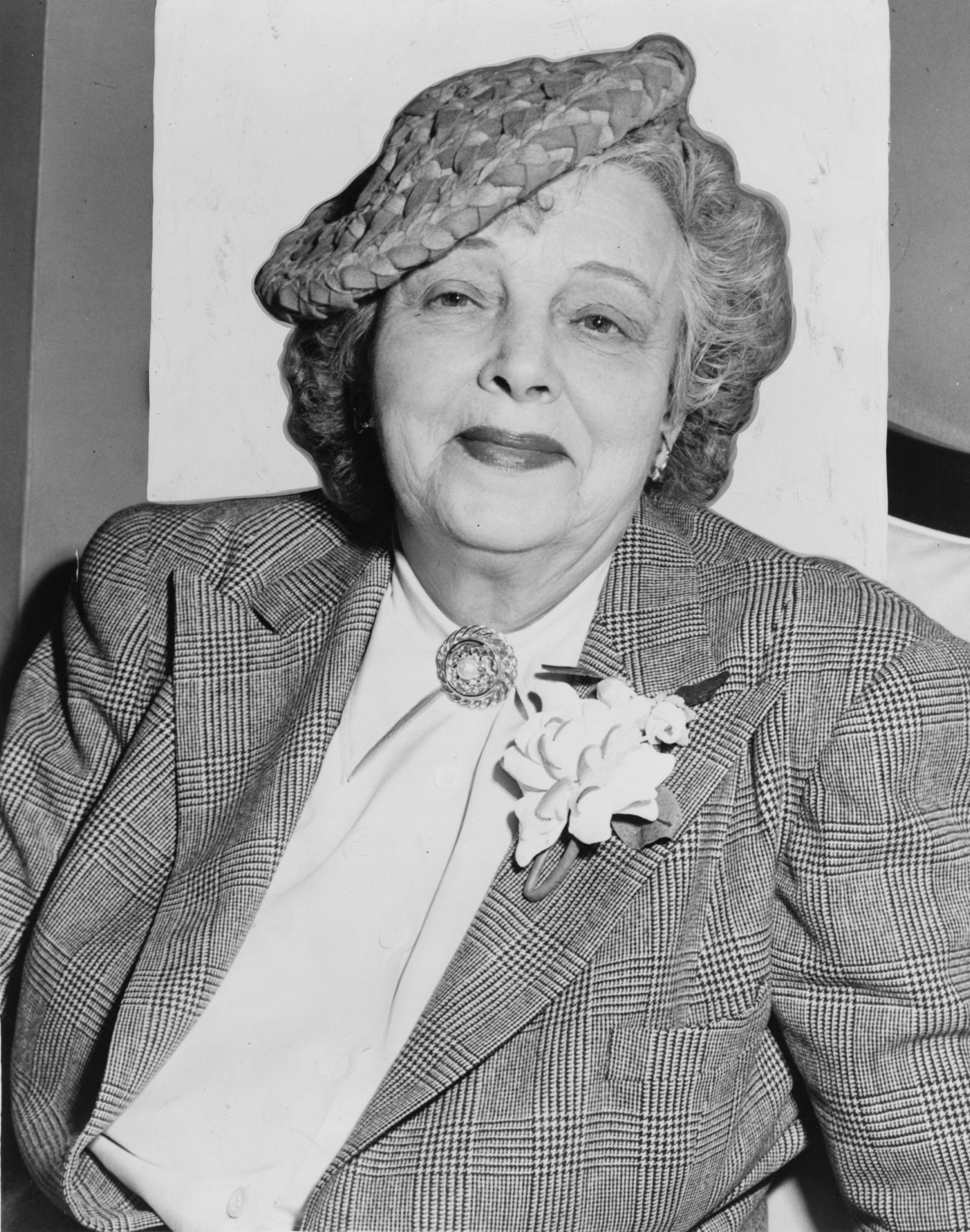

Post-WWII Paris also became a haven for American women writers and artists, who were drawn to the city’s liberal atmosphere and artistic vitality. Women like novelist and playwright Anaïs Nin, who moved to Paris in the late 1920s and returned frequently in the following decades, found in Paris a freedom to explore themes of sexuality and psychology that were often taboo in America.
Similarly, Margaret Anderson, the founder of the literary magazine “The Little Review,” settled in Paris after the war. Anderson was instrumental in publishing works of modernist writers and was drawn to the city’s reputation as a center for avant-garde literature. These women, among others, contributed to the rich tapestry of artistic and literary work being produced in Paris at the time, often pushing the boundaries of traditional gender roles and exploring new forms of creative expression.
Modern Americans in Paris
In recent years, Paris has continued to attract a diverse array of American celebrities and artists, echoing the longstanding tradition of cultural exchange between the United States and France. Among them, journalists like Elaine Sciolino and Lauren Collins have made Paris their home. Sciolino, a former Paris Bureau Chief for The New York Times, has authored books like “The Only Street in Paris: Life on the Rue des Martyrs,” reflecting her deep immersion in the city’s life.
Lauren Collins, a writer for The New Yorker, has penned “When in French: Love in a Second Language,” a memoir exploring the nuances of living and loving in a foreign language and culture. These writers (like most people) find in Paris a source of inspiration and a canvas for their creative expression, exploring themes of identity, culture, and belonging.
Why Modern Figures Are Drawn to Paris
The allure of Paris for modern American figures lies in its rich cultural heritage, its reputation as a center for arts and intellectualism, and the unique lifestyle it offers. For many, Paris represents an escape from the fast-paced, commercially driven American lifestyle, offering a slower pace of life that emphasizes quality over quantity. The city’s artistic and literary history is a significant draw, providing a sense of connection to the past’s great artists and writers.
The Influence of Paris on Work and Personal Lives
Living in Paris has a profound impact on the work and personal lives of these modern figures. The city’s environment fosters creativity, introspection, and a broader perspective on world affairs. For writers like Sciolino and Collins, Paris becomes both a subject and a backdrop for their writing, influencing not only the content but also the style and approach to their work.
The city’s emphasis on art, history, and beauty often leads to a deeper appreciation of these elements, which is reflected in the creative output of its expatriate community. On a personal level, the experience of adapting to a new culture and language often leads to significant personal growth, an expanded worldview, and a reevaluation of one’s values and priorities. The blend of Paris’s rich cultural tapestry with the individual experiences of these modern expatriates continues to produce a vibrant and dynamic expatriate community.
Final Thoughts on the Connection Between American Art and the City of Lights
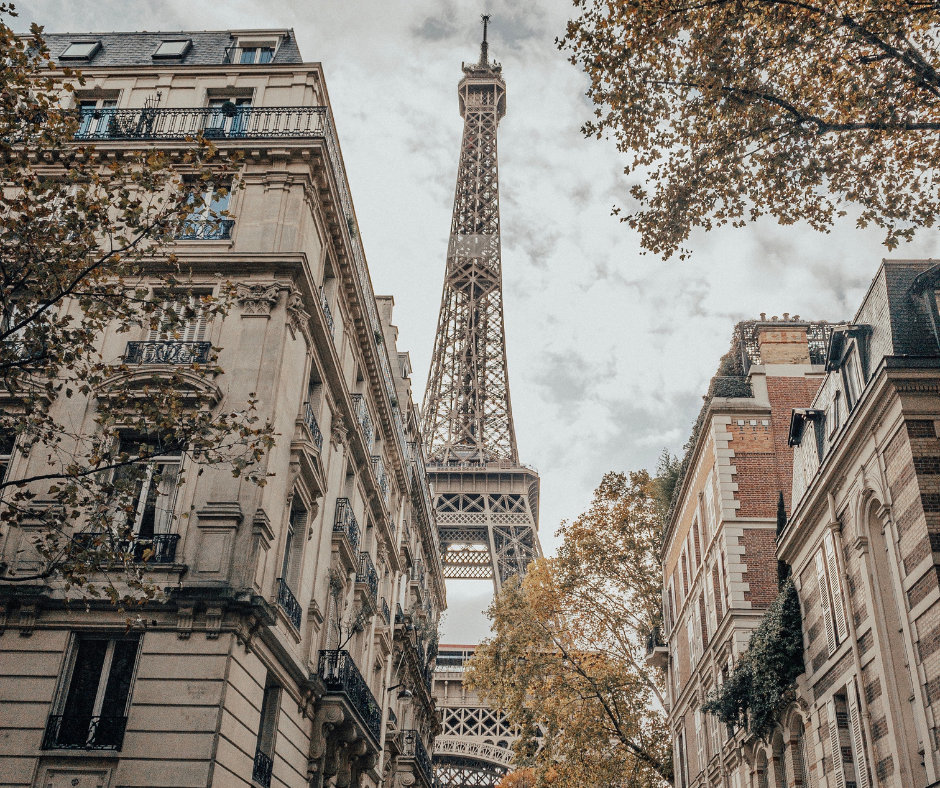

The allure of Paris for Americans has remained a constant through the decades, evolving yet retaining its essence. From the Lost Generation of the 1920s to the modern expatriates, the city has consistently offered a haven for creativity, freedom, and cultural exploration. Paris’ appeal lies in its unique blend of historical richness, artistic vibrancy, and a certain joie de vivre that seems to permeate its streets and cafes.
For American artists and writers, Paris has often provided a perspective shift. It was a place where the constraints of their home culture give way to new forms of expression and understanding. The city’s ability to be both a mirror and a window — reflecting one’s own culture while providing a view into another — has been a key factor in its enduring appeal.
The American expatriates in Paris have played a significant role in the cultural and artistic dialogues between the United States and France. They have not only taken inspiration from their experiences in Paris but have also contributed to the cultural fabric of the city. The Lost Generation brought a raw, post-war perspective to literature, influencing both American and French literary circles. The African American artists and writers of the Harlem Renaissance era introduced new dimensions to Parisian understanding of race, art, and music, while also finding a space to flourish away from the racial prejudice of America.
Contemporary figures continue this tradition, bringing diverse perspectives and narratives to the Parisian cultural scene. These exchanges have enriched both American and French cultures, creating a shared history that is reflected in literature, art, music, and social thought. The legacy of these expatriates is a testament to the power of cross-cultural exchange and the enduring bond between Paris and America.








